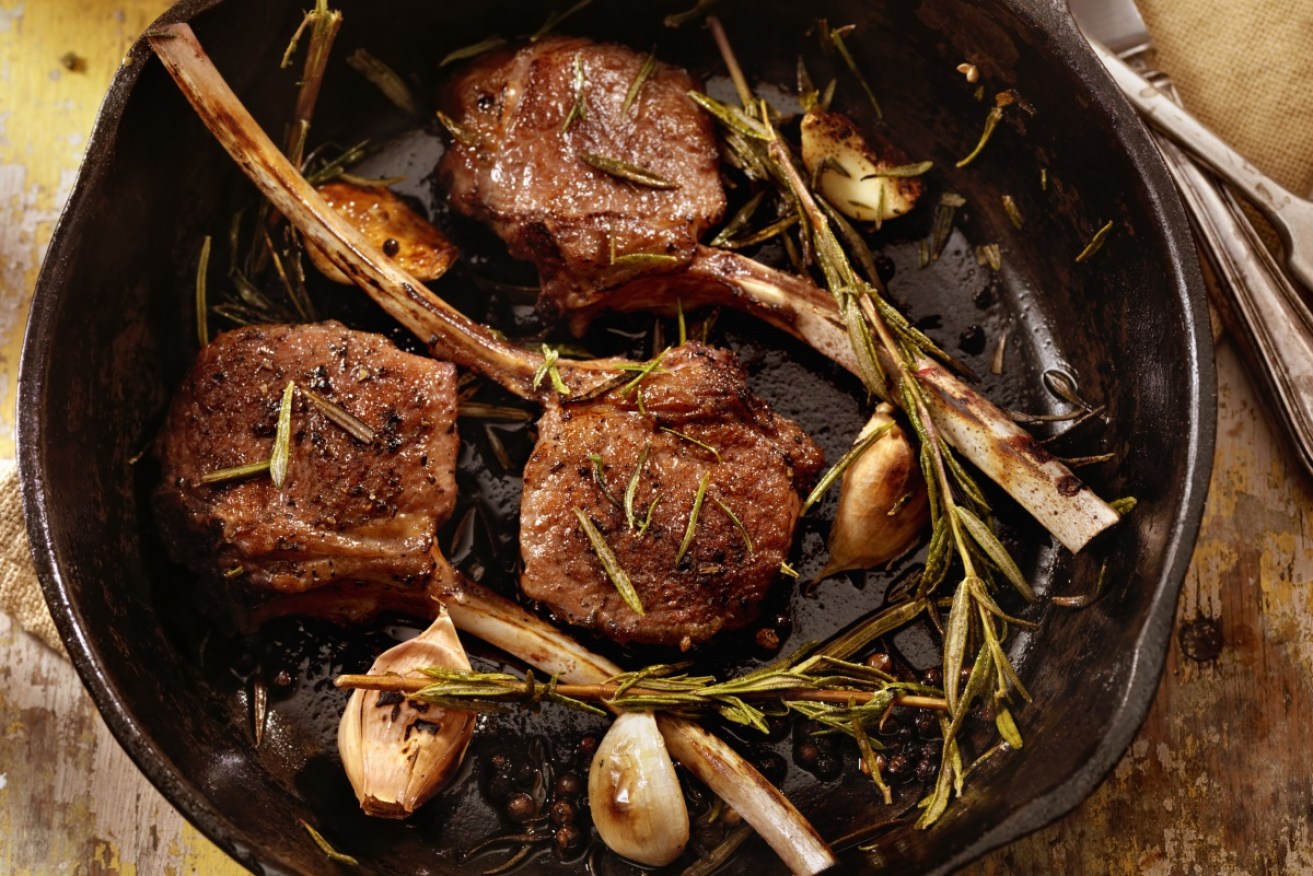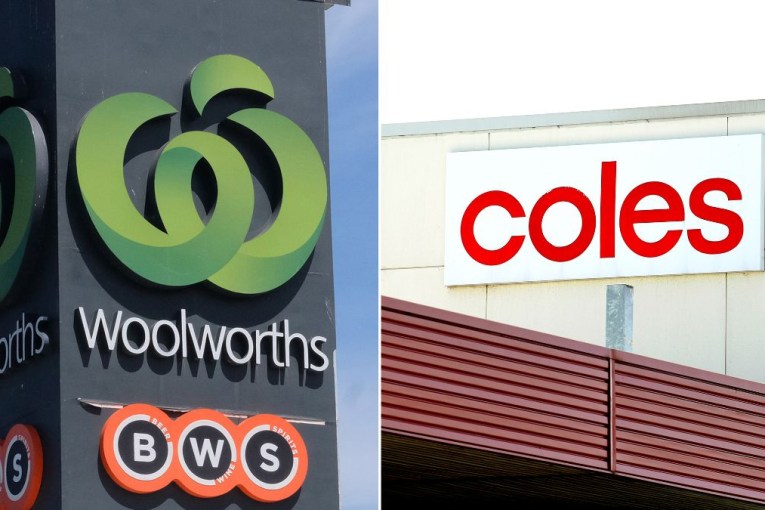Lamb, beef prices forecast to rise after ‘worst drought in living memory’


How the drought will affect everyone from the farmers right through to the consumer. Photo: Getty
The drought ravaging large parts of Australia is set to push up meat prices, with industry insiders warning consumers to expect the cost of filling a barbecue to start increasing in late summer.
Record-low rain and successive seasons of above-average temperatures have resulted in farmers in some regions experiencing the “worst drought in living memory.”
New South Wales – Australia’s highest meat-producing state – has been hit the hardest, having just endured its fifth-driest July on record.
Patrick Hutchinson, chief executive of the Australian Meat Industry Council, said he was concerned that consumers would see the impact of the drought on red meat prices in about six months.
He said beef and lamb would likely be more affected than pork and chicken.

Beef and lamb have been most affected by the drought. Photo: Getty
“Droughts are not unusual to Australia, but this time the cycle has come back very quickly,” Mr Hutchinson said.
“This drought is going to impact throughout the chain from paddock to plate, right through to the consumer.”
James Mathews of the Australian Food and Grocery Council agreed that the drought could increase costs across the whole supply chain, meaning higher prices of red meat.
How does drought tighten the supply of meat?
Droughts often lead to an undersupply of free grazing feed on the ground for livestock.
Scott Tolmie, Meat & Livestock lead analyst, told The New Daily that as farmers increasingly looked towards buying more feed – instead of having the luxury of free grass feed – feed costs rose.
He said the cost of feed almost “doubled” this year.
“This produces a lot of challenges for farmers. Do they hold on to their livestock and buy expensive feed, or do you sell some of their livestock to save money on feed?” he said.
“The amount of feed a cow eats compared to, say, sheep can also vary quite a lot. Just look at their difference in size.
“When faced with dry conditions, farmers are forced to sell cattle and therefore supply is increased.
“When it does eventually rain, farmers look to increase the herd, which tightens supply.”
Mr Tolmie said that when supply tightens, there is typically upward pressure on prices.
He said the more quickly the drought breaks, the sharper prices can rise.
Mr Hutchinson said that, currently, lamb slaughter is at record levels due to the drought-induced increase in supply.
“When we do get a break and if the rain falls thick and fast, farmers will restrict greatly to recover from the drought,” he said.
“The best way consumers can support farmers right now is to regularly buy red meat from their local butcher.”
He added that people tended to only focus on the impact on farmers.
“But it’s important to recognise that there are tens of thousands of workers along the supply chain outside of farming, such as processing, abattoirs and transport,” he said.
“They’re all affected.
“If they’re not assisted, then we’re failing farming.”








